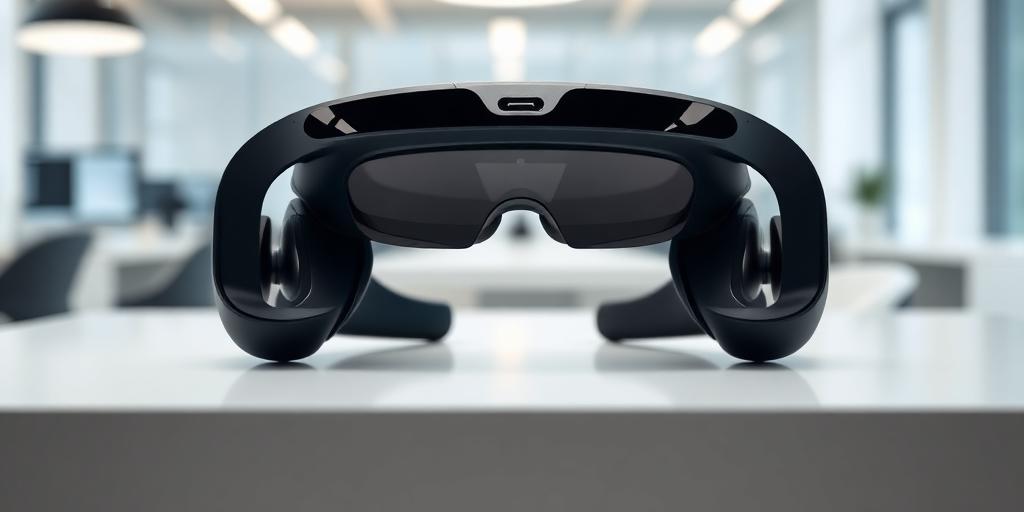Apple Vision Pro 2: What Improvements Can We Expect?
The Apple Vision Pro has generated significant buzz, marking Apple's foray into the spatial computing arena. While the first generation offers a compelling glimpse into the future, it's natural to anticipate improvements and refinements in a potential Vision Pro 2. This post examines the likely areas where Apple might focus its efforts to enhance the user experience, performance, and overall appeal of its next-generation headset.
Addressing the First Generation's Limitations
Before diving into potential upgrades, it's important to acknowledge the current Vision Pro's limitations, which likely inform the development of its successor:
- Price Point: The high cost is a significant barrier to entry for many consumers.
- Weight and Comfort: Extended use can be uncomfortable due to the device's weight.
- Battery Life: External battery pack and limited battery life restrict mobility.
- 'Mura' Effect: Visual artifacts in the display have been noted by some users.
Potential Improvements in Vision Pro 2
Based on these limitations and Apple's track record of iterative product development, here's what we can expect in the Vision Pro 2:
1. Enhanced Performance and Efficiency
- Next-Generation Chipset: A newer, more powerful Apple Silicon chip (likely an iteration of the M-series) will provide improved processing power for demanding spatial computing tasks and AI functionalities.
- Optimized Software: Enhancements to visionOS can streamline performance and reduce resource consumption, leading to better battery life.
2. Design and Comfort Refinements
- Weight Reduction: Apple might utilize lighter materials, such as advanced alloys or carbon fiber, to reduce the overall weight and improve comfort.
- Improved Ergonomics: Redesigning the headband and weight distribution could alleviate pressure points and enhance long-term comfort.
3. Display and Optics Advancements
- Micro-OLED Improvements: Addressing the 'mura' effect and enhancing color accuracy and brightness would improve visual fidelity.
- Variable Refresh Rate: Implementing variable refresh rate technology could optimize power consumption and reduce motion blur.
- Wider Field of View: Expanding the field of view would create a more immersive and natural viewing experience.
4. Battery Life Enhancements
- More Efficient Components: Improvements in chip and display efficiency will contribute to longer battery life.
- Higher Capacity Battery: Integrating a larger battery or exploring new battery technologies could extend usage time.
- Optimized Power Management: Software optimizations to manage power consumption based on usage patterns could improve battery performance.
5. Connectivity and Integration
- Wi-Fi 7 Support: Adoption of the latest Wi-Fi standard for faster and more reliable wireless connectivity.
- Improved Integration with Apple Ecosystem: Seamless integration with other Apple devices and services.
6. Price Optimization
- Component Cost Reduction: As manufacturing processes mature, the cost of key components like Micro-OLED displays may decrease, potentially allowing for a more competitive price point.
- Multiple Models: Apple could offer different configurations of the Vision Pro 2 at varying price points, catering to a broader range of consumers.
The Future of Spatial Computing
The Apple Vision Pro 2 has the potential to address the limitations of the first generation and push the boundaries of spatial computing. By focusing on performance, comfort, display technology, battery life, and price, Apple can create a more compelling and accessible product that drives wider adoption of this innovative technology. The improvements implemented in the next iteration will play a crucial role in shaping the future of how we interact with technology and the digital world.









